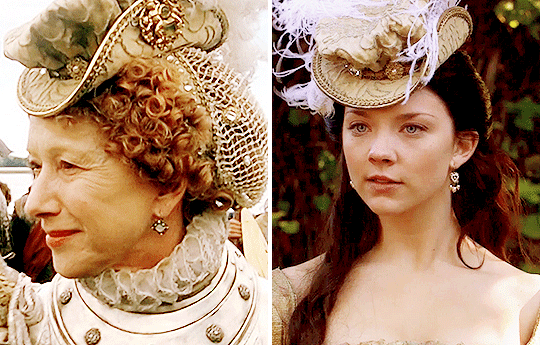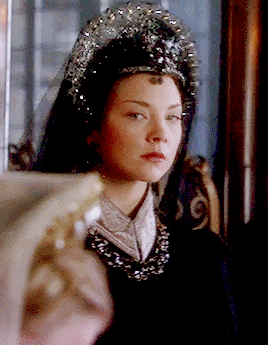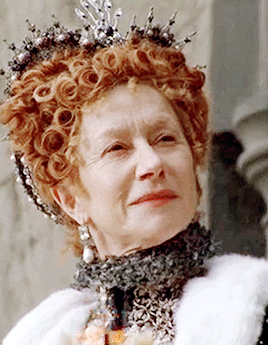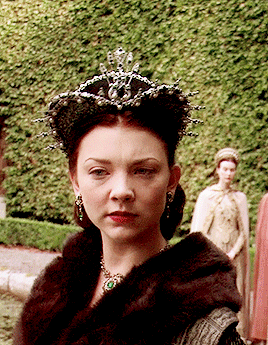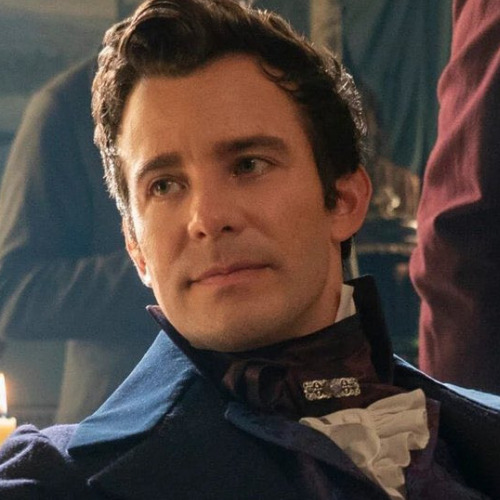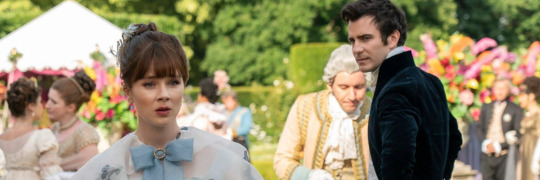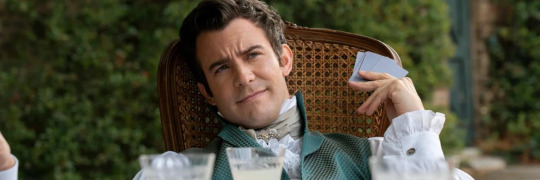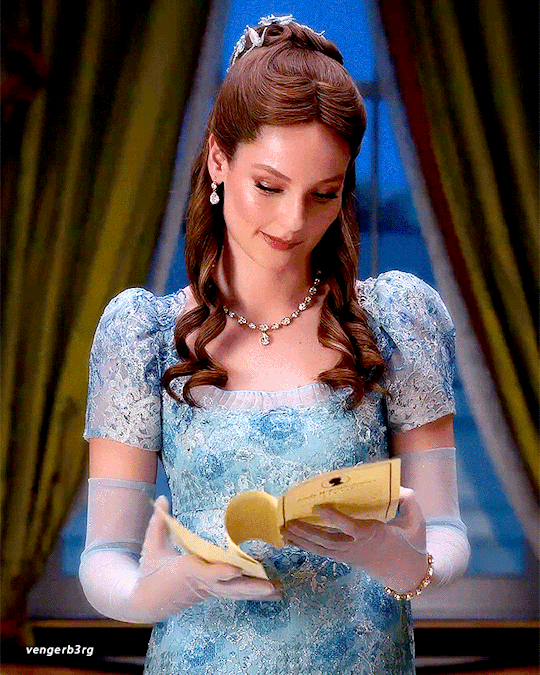Text


POLIN as Eros & Psyche— Bridgerton (2020– )
Aphrodite instructed her son Eros to make Psyche fall for the most hideous monster imaginable to mankind. Eros set out to obey his mother but he was mesmerized by Psyche's beauty when she was sleeping one night that he dropped his own arrow on his foot and fell deeply in love with her.
217 notes
·
View notes
Text
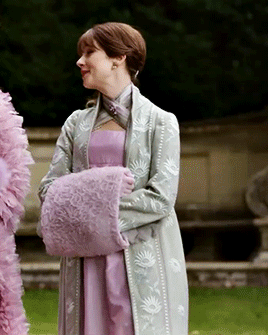
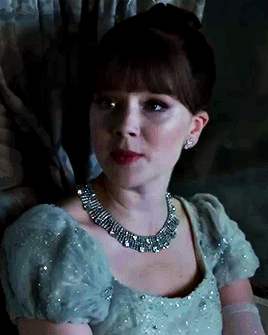
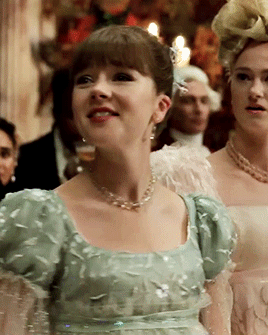
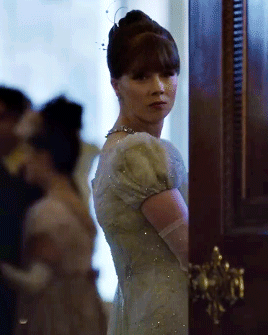
eloise bridgerton, they could never make me hate you 🫶
356 notes
·
View notes
Text
“tortured poets, meet your colleagues from down the hall, the dead poets.” 😭🥹😭🥹😭


133 notes
·
View notes
Text
“I’m having his baby! No I’m not, but you should see your faces!”

15K notes
·
View notes
Text
Sophie would laugh at this tbh
Colin looks like he’s been lifting hot air balloons since the ripe age of 4 and does it daily meanwhile Benedict’s out here barely lifting the rope and struggling like all hell get his ass back in the studio!

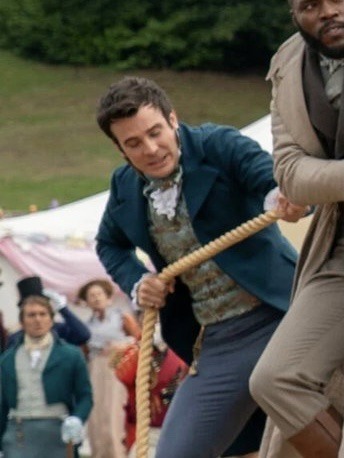
2K notes
·
View notes
Text
That’s why Ben is the man for me!
an experienced traveler versus an artist doing physical activity


3K notes
·
View notes
Text
an experienced traveler versus an artist doing physical activity


3K notes
·
View notes
Text
Lord Debling: So, are the Bridgerton's like your cousins or something?
Penelope Featherington: No, we're just neighbors. Why?
Lord Debling: Because your chaperone is looking at me like he wants to commit murder.
Penelope Featherington: Oh, that's just Colin. He's a friend. Totally platonic. He's helping me find a husband.
Colin Bridgerton: *makes knife slicing gesture to Lord Debling*
Lord Debling: *looks into the camera like he's on the office*
631 notes
·
View notes
Text


Just two bros, bring adorable and in sync.
Benedict and Anthony Bridgerton | Bridgerton Season 3 trailer [x]
3K notes
·
View notes
Text




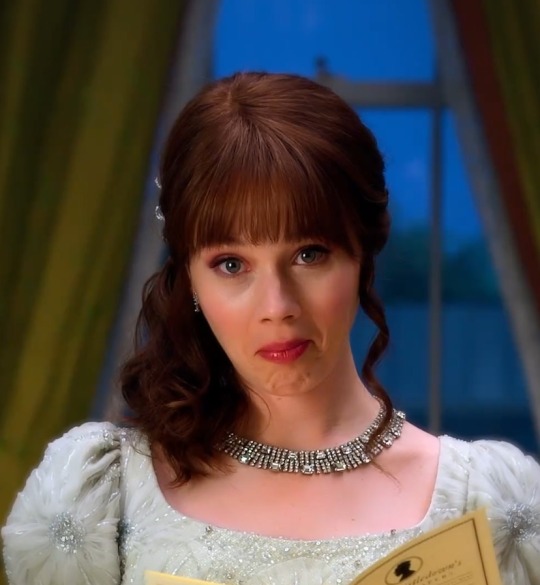
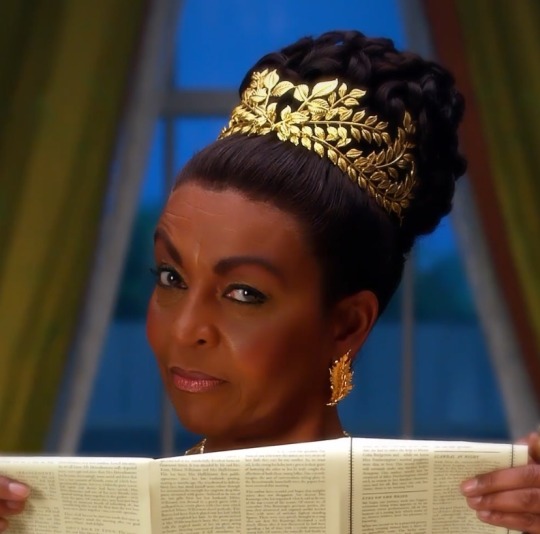

SEASON 3 TRAILER TOMORROW
Penelope you little minx with your little satisfied smirk what did Lady Whistledown write to have such mixed reactions from everyone?
119 notes
·
View notes
Text

Luke Thompson old headshot.
Source: Shakespeare’s Globe on Facebook
10 notes
·
View notes
Text
Let's talk about foreshadowing.
Foreshadowing can add a lot of depth to your writing and make it more exciting for the readers. They create a sense of coherence and satisfaction when future events unfold as hinted—or shock if they don't.
Here are some tips for effectively using foreshadowing in your novels and books:
Plan Ahead: Foreshadowing works best when it's woven into the fabric of your story from the beginning. As you outline your plot, think about key events and revelations you want to foreshadow, and strategically place hints and clues accordingly.
Use Subtlety: Foreshadowing doesn't have to be obvious or heavy-handed. The best foreshadowing is often subtle and understated, leaving readers with a sense of intrigue and curiosity rather than outright prediction.
Establish Patterns and Motifs: Look for opportunities to establish recurring patterns, motifs, or symbols that can subtly hint at future events. These can be visual, thematic, or even linguistic cues that tie into the larger narrative arc of your story.
Create Tension: Foreshadowing is most effective when it creates tension and anticipation for the reader. Use foreshadowing to hint at potential conflicts, obstacles, or twists.
Reveal Gradually: Foreshadowing doesn't have to be limited to one-off hints or clues. Instead, consider how you can layer foreshadowing throughout your story, gradually revealing more information as the plot unfolds.
Pay Attention to Timing: The timing of your foreshadowing is crucial. Introduce hints and clues at strategic points in your story, building anticipation and suspense without giving too much away too soon.
Revisit Foreshadowing: Ensure that foreshadowed events are eventually fulfilled or addressed in the story. Revisiting earlier hints or clues can provide a satisfying payoff for readers and reinforce the narrative coherence.
Balance Subtlety and Clarity: Foreshadowing should be subtle enough to intrigue readers without giving away major plot twists too early. Aim for a balance where foreshadowing is noticeable upon reflection but doesn't detract from the immediacy of the story.
Let's look at some ways to incorporate foreshadowing:
Symbolism: Symbolic imagery or motifs can serve as subtle foreshadowing devices. Think about objects, settings, or descriptive details that can serve as symbolic foreshadowing. A recurring image or object, for example, might subtly hint at future events or themes in the story.
Dialogue Clues: Characters can drop hints or make cryptic remarks that foreshadow upcoming events. Dialogue is a natural way to introduce foreshadowing without being too obvious.
Character Reactions: Pay attention to how characters react to certain situations or events. Their emotions or responses can foreshadow future conflicts or revelations.
Subtle Descriptions: Incorporate subtle descriptions or details that hint at future events. These can be easily overlooked on a first read but become significant upon reflection or when the foreshadowed event occurs.
Dreams and Visions: Dreams, visions, and other forms of altered consciousness can be effective vehicles for foreshadowing—they can hint at an upcoming event, or explore characters' subconscious desires and fears. This method can sometimes be either blatant or subtle depending on how it is incorporated.
Foreshadowing Through Setting: Use the setting to foreshadow events or developments in the story. For example, a stormy night might foreshadow conflict or turmoil ahead, while a serene setting might signal upcoming peace or resolution. (On the flip side, this can be used to catch readers off guard, like a "calm before the storm" type of situation.)
Parallel Storylines: Foreshadowing can occur through parallel storylines or subplots. Events in one storyline can subtly hint at future developments in another, creating anticipation and intrigue.
Recurring Themes: Identify recurring themes or motifs in your story and use them to foreshadow future events. These thematic elements can serve as subtle hints or clues for attentive readers.
Misdirection: Foreshadowing can be used to misdirect readers and create suspense by hinting at one outcome while actually leading to another. (See my post on misdirection for more!)
Happy writing! ❤
2K notes
·
View notes


